
Environmentally Friendly Production of D (−) Lactic Acid by
2017/9/10/ · 1. Introduction. Lactic acid production has received greater attention due to its considerable potential in biotechnological applications in a wide range of fields as well as the increasing need for new biomaterials, such as biodegradable, biocompatible, and polylactic products [1–3].This compound is used in the food, chemical, pharmaceutical,
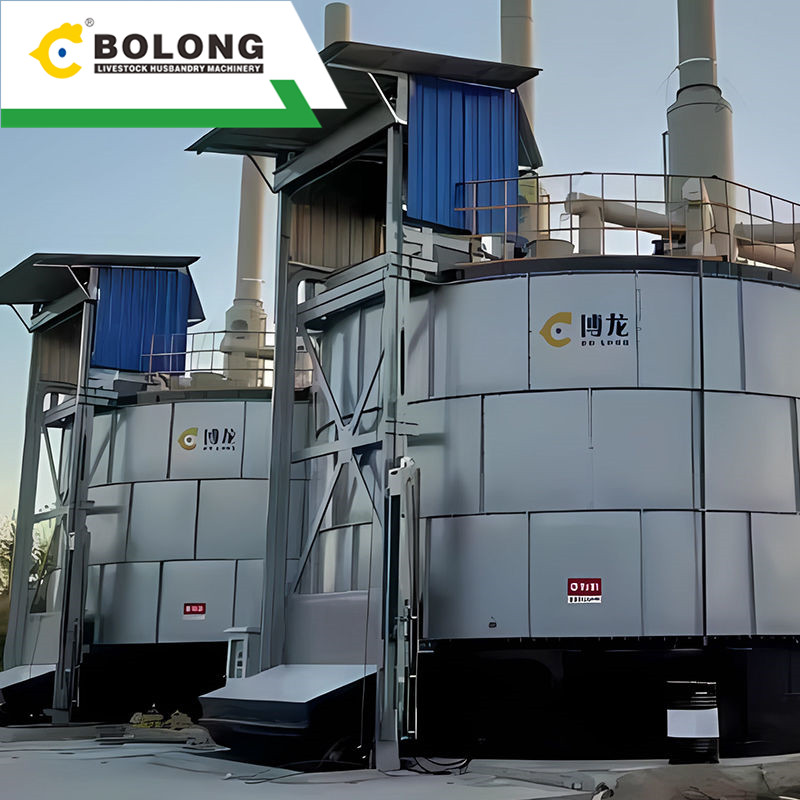
Towards the development of efficient, economic and environmentally
2023/11/1/ · Fermentation process provides a broth mixture composed of succinate as major product and other components. In general, the concentration of succinate may reach up to 15% of the total broth mixture. For example, fed-batch fermentation using cassava root hydrolysate produced 151.44 g/L SA with a productivity of 3.22 g/L/h (Thuy et al., 2017).
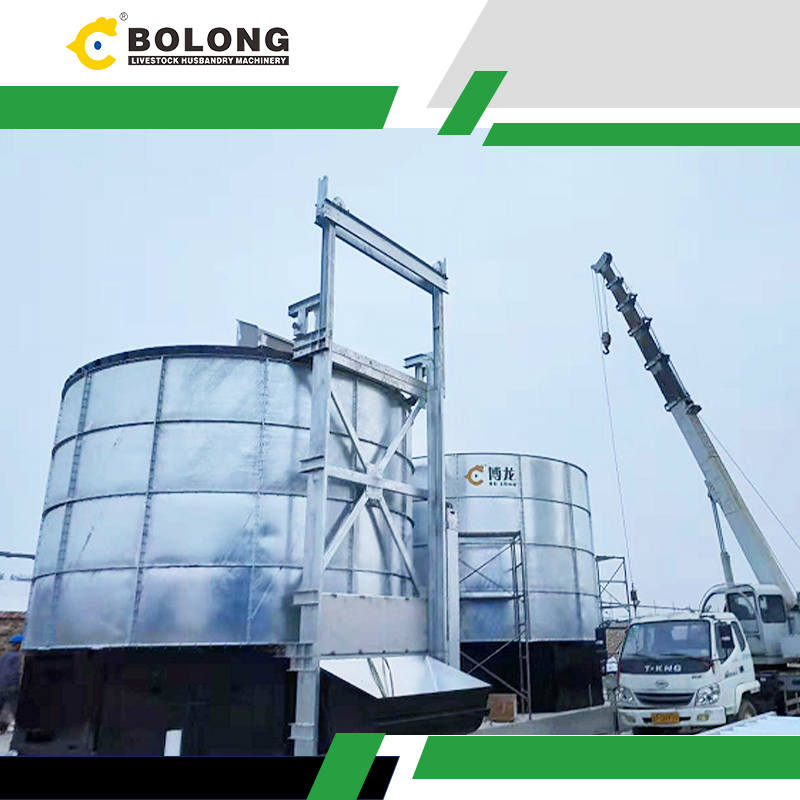
Making Bioethanol from Cassava as an Environmentally Friendly
2023/9/25/ · The ethanol fermentation results were optimally achieved in 48 h, namely substrate fermented by tapai yeast first for 24 h, followed by the addition of baker’s yeast and fermentation time to 48 h.
![<h3>[PDF] Applications of one-Step environmentally-friendly fermentation </h3>](/wp-content/themes/bolong/load/9/sawdust composter.jpg)
[PDF] Applications of one-Step environmentally-friendly fermentation
2021/10/21/ · The traditional two-step cultivation mode for fungal cultivation is commonly divided into the seed stage (usually 24 to 48 h) and the production stage (usually 96 to 144 h). The use of two stages prolongs the total production cycle and generates excess wastewater. In this work, an efficient and environmentally friendly one-step
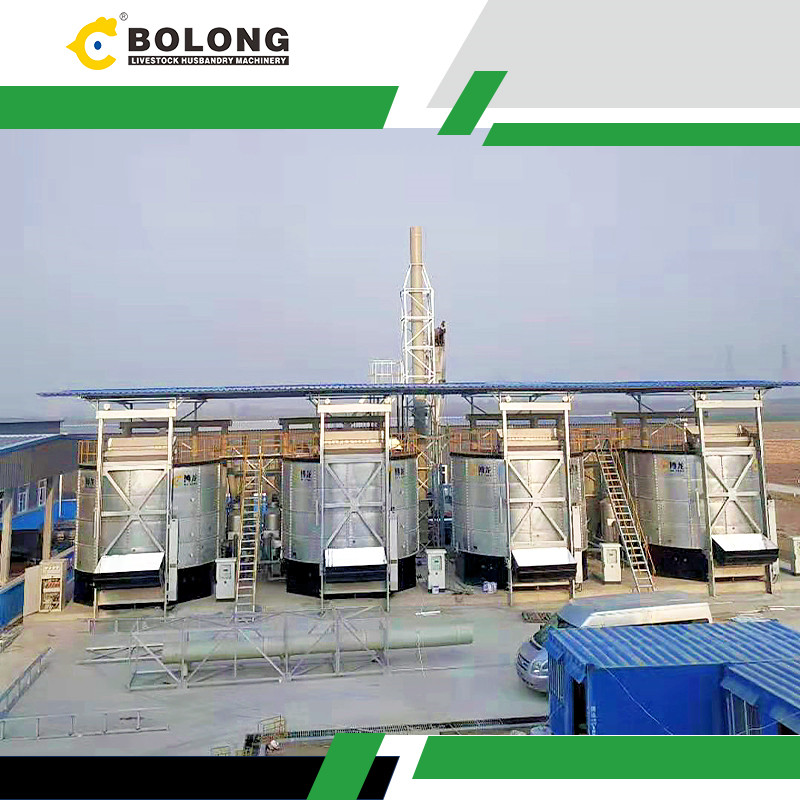
Best Eco-Friendly Air Conditioners - The Sustainable Living Guide
2023/3/30/ · Here are a couple of eco-friendly air conditioner units that you can consider for your home or office: 1. GE Profile™ ENERGY STAR® 10,000 BTU Inverter Smart Ultra Quiet Window Air Conditioner for Medium Rooms up to 450 sq. ft. This unit features industry-leading efficiency with a 15.7 CEER and has a Wi-Fi-enabled, so you

An environmentally friendly and productive process for bioethanol
2016/3/2/ · Therefore, an efficient and environmentally friendly method that uses enzymatic hydrolysis should be developed for bioethanol production from potato waste. Enzyme-catalysed hydrolysis usually occurs in lower substrate contents owing to the high viscosity of potato waste, leading to poor efficiency and high energy consumption [ 23 , 24 ].
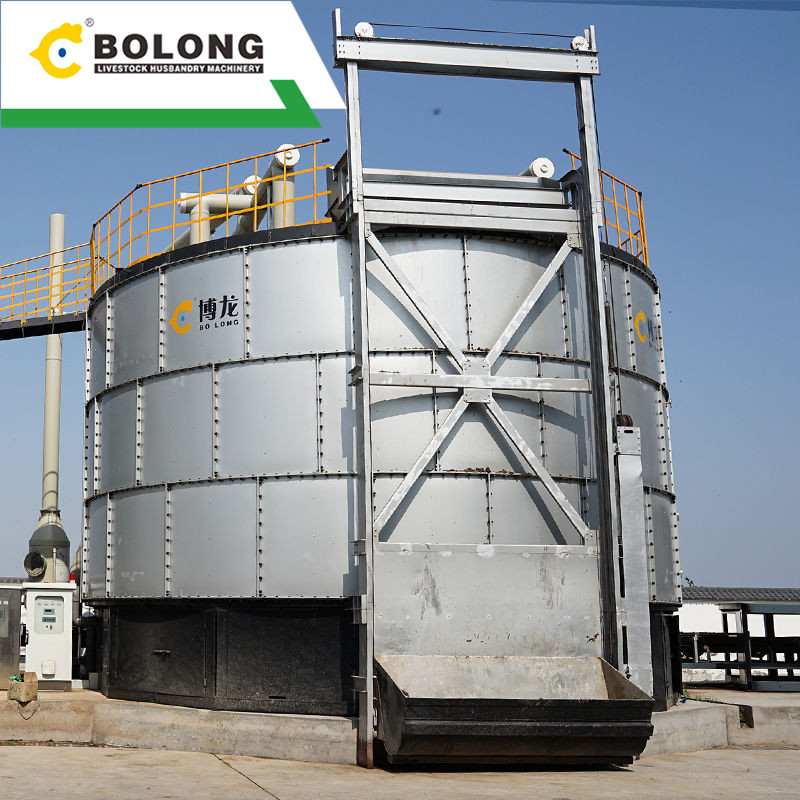
Overlooked abiotic humification for kanamycin removal in
2023/12/15/ · Based on the results in section 2.2.1, the Box-Behnken design (BBD), a three-factor, three-level experimental design, was employed to investigate the influence extent of the pH, the temperature (T) and MnO 2 dosage on the kanamycin removal efficiency (R). Each variable was coded at three levels (-1, 0 and + 1). The experimental
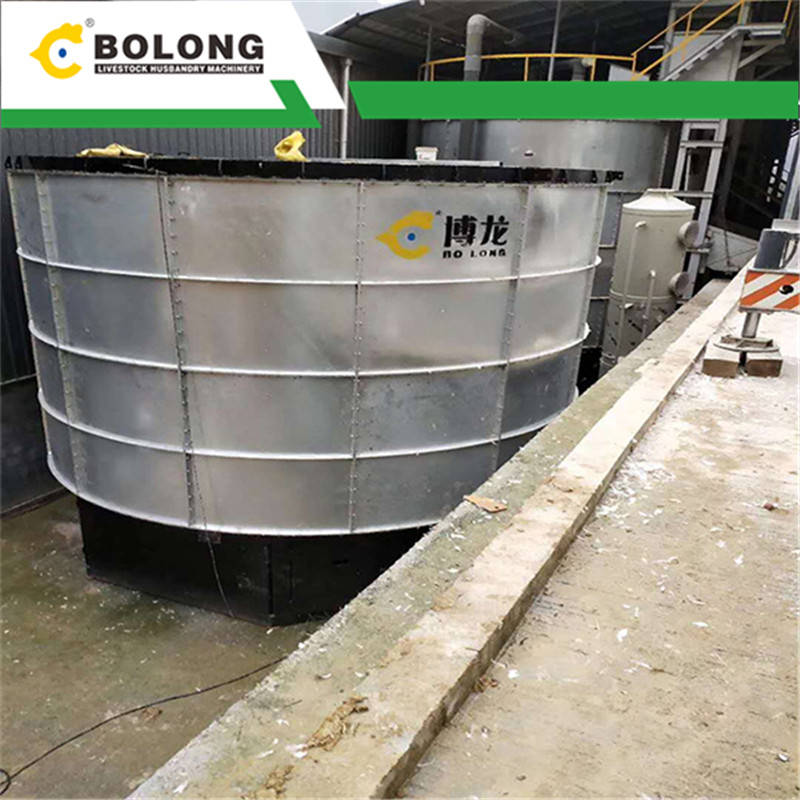
Eco-friendly and biodegradable cellulose hydrogels produced
2019/12/3/ · Fermentation can be used to improve the nutritional composition of okara for celling culturing and other use 21. Cellulose, an important polysaccharide in okara, is constitutive of the linear

Sustainable Conversion of Biowaste to Energy to Tackle the
2023/9/30/ · When combined with the fermentation unit, the overall hydrogen recovery was increased up to 96% . This can aid in awareness and use of eco-friendly energy products. Conclusions. The sustainable conversion of biowaste to energy and removing pollutants is a promising approach for waste management and environmental

Environmentally Friendly and Stimuli-responsive Room
materials in an environmentally friendly, scalable, and easy-to-process manner has remained a challenge. Herein, an innovative strategy was achieved by fabricating a series of bacterial cellulose-based RTP nanofiber materials through bio-fermentation, giving remarkable RTP with a long lifetime of up to 858.05 ms. In particular, the

Sustainable and green bio-ethanol purification for biofuel
2022/1/1/ · The fermentation into ethanol of monomeric sugar units via a yeast, as follows [46]: (14.4) C 6 H 12 O 6 + y e a s t → 2 C 2 H 5 O H + 2 C O 2. These bacteria are present in nature and are quite selective in fermentation, some of which are hexoses-or pentose-specific or a combination of them.

Energies | Free Full-Text | The Production of Bioethanol from
2023/10/9/ · Bioethanol is the most widely used alternative transportation fuel to petrol. Bioethanol is considered a clean, renewable, and environmentally friendly fuel that can contribute to climate change mitigation, decreased environmental pollution, and enhanced energy security. Commercial bioethanol production is based on traditional agricultural

Environmentally Friendly Production of D (-) Lactic Acid by
The fermentation process was conducted at 35°C and pH 6.0 controlled by NaOH with a 20% volume of inoculum and agitation at 125 rpm. The production of a high optically pure concentration of D(-) lactic acid combined with an environmentally friendly NaOH-based process demonstrates that S. nakayamae is a promising strain for D(-) lactic acid
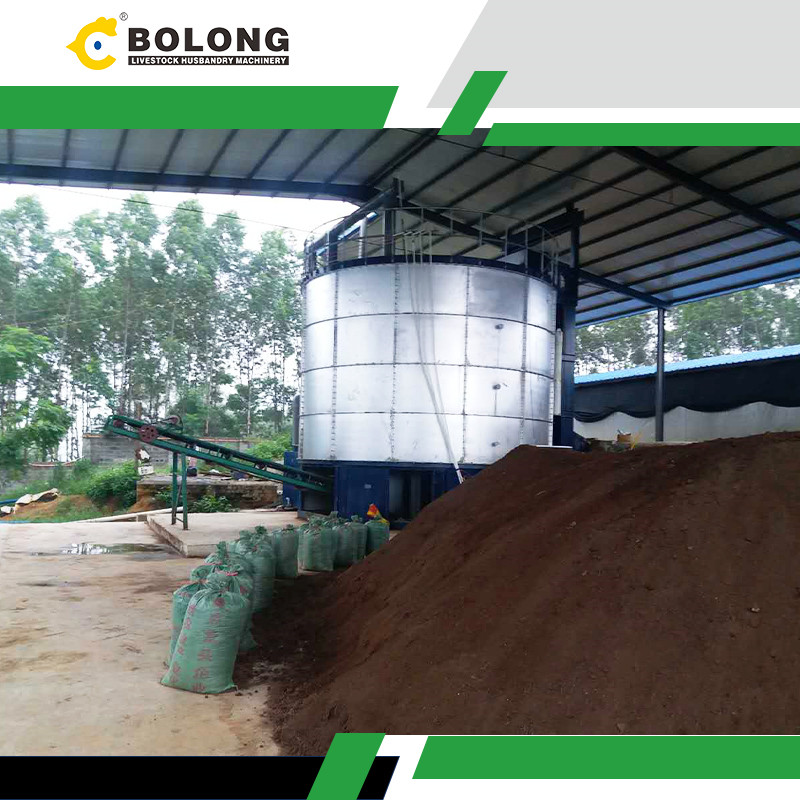
Bioplastics for a circular economy | Nature Reviews Materials
2022/1/20/ · Leakage of plastic into the environment is a central issue of inappropriate EOL management 3,22. Recycling of bioplastics is widely regarded as the most environmentally friendly EOL option and

A Comparative Study of Polysaccharides in Fruiting Bodies and
PDF | On Sep 1, 2021, Hailong Yu and others published A Comparative Study of Polysaccharides in Fruiting Bodies and Environmentally Friendly Fermentation Broth for Ecological Security Protection